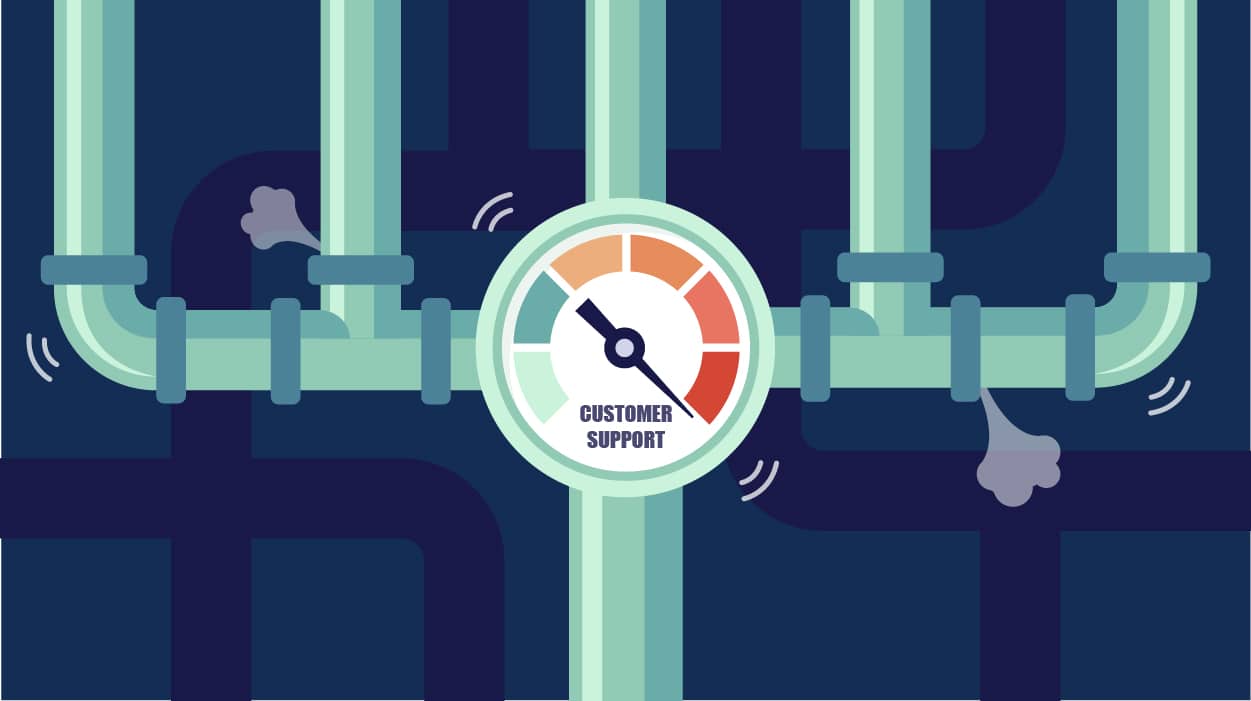Communication between employees and managers is crucial to your organization’s success. If it is not transparent enough, it may harm employee morale and productivity. Knowing your company does not support their needs, goals, and ideas, employee morale will not perform at their best.
Precisely because of that, you need to build an effective performance management strategy.
What Is Performance Management And Why Does It Matter?
Performance management is how your company defines, improves, and measures the performance of teams or individual staff members. It incorporates a wide range of practices, such as regular check-ins, engagement surveys, goal-setting, and performance reviews.
Irrespective of your industry or the size of your organization, this practice helps you boost employee performance and engagement. When employees know what you expect from them and where they stand, they will be motivated to improve skills, knowledge, and careers.
The goal is to hire and retain employees that align with your company’s values, mission, and vision and actively contribute to it. However, that is not possible unless their goals and values are addressed.
Elements Of An Effective Performance Management Strategy
Performance management consists of many strategic techniques and processes that measure employee productivity and their contribution to the company. Here are a few fundamental elements of performance management:
Regular Employee Check-Ins
Employee check-ins are one-on-one conversations between managers and employees. That is one of the most effective ways to measure employee performance without making it look like a traditional assessment. They help you understand employees’ progress towards their goals, which issues they face, and what tasks they are working on, without waiting for quarterly performance reviews.
The frequency of employee check-ins is critical. Perform them weekly to establish a solid feedback culture and build trust with employees.
Regular Feedback
To perform well and achieve goals, your employees need to receive regular insights from you. According to the Officevibe survey, 28% of employees say that feedback is not frequent enough to help them understand how to improve. Moreover, 17% of them say the feedback they get is not specific enough.
That is why you need to provide staff with thorough and regular employee performance feedback. Consider providing weekly reports and build them around precisely defined metrics and KPIs. Their goal is to explain what the employee is doing well, what they can improve in the future, and how they can evaluate their performance.
SMART Goal Setting
A key aspect of performance management is setting specific, measurable, achievable, relevant, and time-bound (SMART) goals. They are essential for employees, as they will know what you expect from them. On the other hand, your managers will be able to measure employee performance when having clear goals. Always make sure the goals are clear and aligned with your company’s values.
360-Degree Employee Performance Appraisals
A 360-degree employee performance appraisal system is an advanced form of research, where the performance of each employee is assessed using reviews of their coworkers. It is crucial to interview the right people that share the same work environment with an employee and collaborate with them regularly. Employees themselves participate in 360-degree appraisals through the process of self-assessment.
While this form of feedback is difficult to implement, it still provides you with a well-rounded insight into employee performance. Having a full picture of employee strengths and weaknesses, you can offer a more personalized approach and help them find new ways to improve.
Employee Engagement Surveys
Conducting employee engagement surveys helps you understand what motivates and encourages your employees. That way, you will know how to increase their satisfaction, provide career growth opportunities, and retain them.
The factors usually assessed within these surveys are salary, benefits, career advancement, recognition, career development opportunities, leadership, and the overall work environment. Apart from helping you measure employee satisfaction, that is also a great way to help employees voice their concerns and ideas and make them feel valued.
Employee Recognition Programs
Employees expect you to recognize their effort and reward it accordingly. By incentivizing employees, you will encourage them to celebrate small success. Now, the types of incentives depending on your company culture, ranging from bonuses to public recognitions. You can also reward employees based on many criteria, such as values demonstrated or goals met. That will keep employees satisfied and encourage them to work toward your company’s goals.
Invest In The Right Performance Management Tools
To get the most out of your performance management strategy, you first need to invest in the right tools.
Transparency in communications and activities is critical for employee performance and satisfaction. People management tools like Humanforce let you create employee roster templates, manage employee attendance, communicate with staff, and automate time-off requests. Employees can track their tasks and interact with the rest of the team irrespective of their locations or devices.
Also, “employee of the month” awards are not enough to motivate employees. Automate employee recognition by choosing the right tools. Bonusly offers more than 175 employee incentives and integrates with many HR and team collaboration tools. As such, it covers many aspects of your performance management strategy, such as peer recognition.
Planning The Performance Management Process
Now that you know the anatomy of a successful performance management strategy and the tools you need to use to build it, it is time to analyze what the performance management process should look like. Here are three phases you will go through:
Before Performance Evaluation
- Set clear goals.
- Determine roles for each team and employee.
- Define measurable outcomes for tracking performance.
- Identify the priorities for each role.
- Create a coaching strategy for employees that do not meet your expectations.
- Track employee performance through incident reports.
During Performance Evaluation
- Designate a friendly and private space to conduct the evaluation.
- Explain the goal of the meeting and build a performance development plan.
- Talk to each employee about their achievements and progress.
- Discuss their career development goals.
- Emphasize the areas where an employee underperforms and recommend areas of further improvement.
- Mutually set objectives and targets for the upcoming quarter.
- Determine a time frame for sending feedback and following up.
After Performance Evaluation
- Offer regular performance feedback.
- Take actionable steps when receiving feedback from employees.
- Update your performance management strategy regularly and make it transparent.
Conclusion
Performance management is crucial for the success of your business. When implemented strategically, it ensures that all staff members across different departments are aligned with the company objectives, and that can contribute to its culture in the long run
Editor’s Note: This article is part of the blog series Run Your Business brought to you by the marketing team at UniTel Voice, the virtual phone system priced and designed for startups and small business owners.






